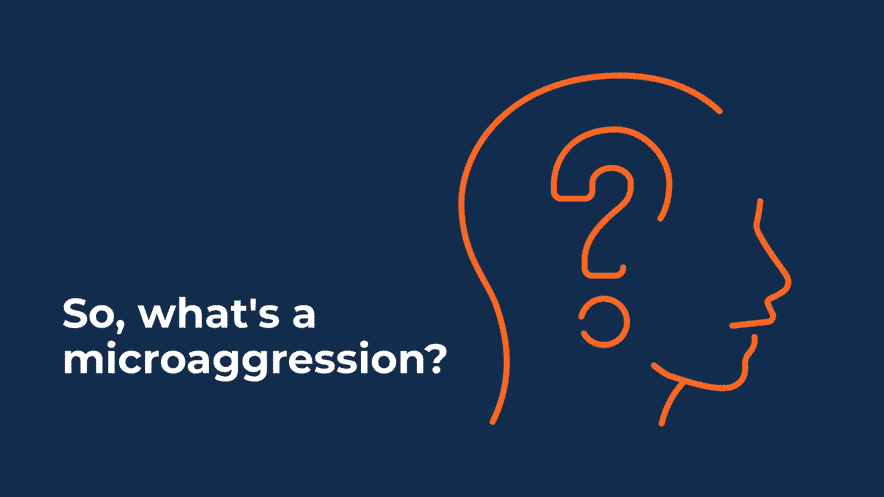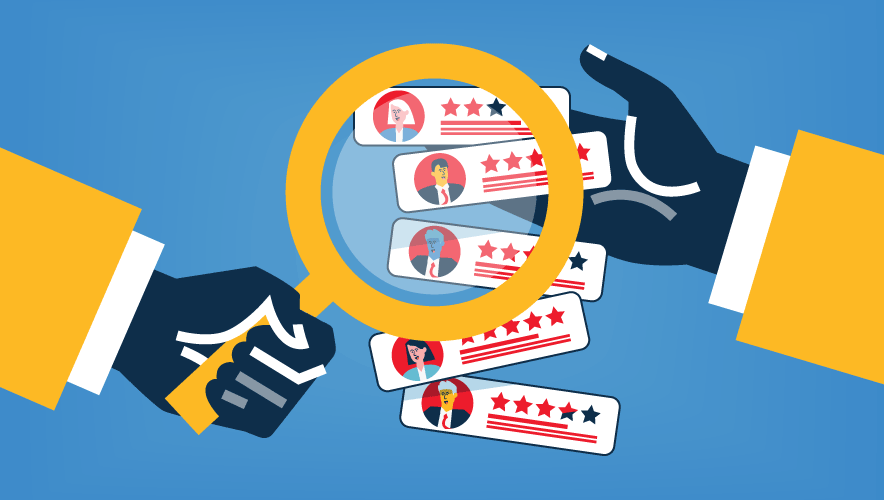To Increase Security, Invest in Inclusion
It’s a basic tenet of buy-in strategies: if you feel like you have a personal stake in an activity, you are more likely to want to see it succeed. However, when it comes to making frontline employees feel like they are personally involved in the success or failure of an organization and that their efforts and opinions are crucial, companies frequently miss the mark.
A big part of that goal is building an inclusive workplace. This goes beyond recruiting diverse candidates or ensuring they are compensated equally (the other elements of DE&I programs). Inclusivity means that employees are valued for their contributions, enabled to use their voice, able to influence decision making, and able to contribute their best work, according to a 2023 study from workplace culture consultancy Kincentric.
The survey of more than 5,000 employees across individual contributor, manager, and senior leader positions found that employees in inclusive environments are 1.8 times more likely to stay with that organization, and they were 2.3 times more likely to be able to make a meaningful difference to their organization. But there’s a big gap in who feels included.
The Kincentric study, Demystifying Inclusion—Rewards and realities of fostering an inclusive culture, found that only 28 percent of employees felt valued, compared to 50 percent of managers and 62 percent of senior leaders. Individual contributors also felt skeptical of the sincerity behind corporate inclusion messaging and efforts—only 27 percent of them considered senior leaders’ inclusion efforts as credible or sincere.
But this is new territory for many leaders, especially in industries that were built on command-and-control leadership structures—like security departments often were. The survey found that 44 percent of leaders said they lack a role model on how to be an inclusive leader. In addition, many performance reviews place an emphasis on tangible business deliverables rather than DE&I efforts, so many inclusion initiatives fall by the wayside when business pressures and deadlines mount.
As a former member of the U.S. Marines and an FBI Task Force detective, A.M. Bobby Brumfield has experience in the command-and-control management structure, but when the time came to translate that to the private sector, he needed to learn how to adapt his military know-how to corporate security standards. Now, as managing partner for corporate protection management company Leonum Advisors, Brumfield argues that human connection is one of the most sustainable security strategies and that inclusion can save lives.
This tracks with his work both in the public and private sectors—by building a connection with elders and community leaders, Brumfield and other Marines could mitigate risks and avoid conflict in Afghanistan. In the workplace, getting key stakeholders involved and communicating in a way that resonates effectively with those stakeholders can result in a stronger security and organizational culture.
“If people feel a sense of care in the workplace, that tends to roll over into what they think about their coworkers, what they think about customers, or what they think about their leadership, but it starts at the top,” Brumfield says. “They have to be able to tap into getting to know people on a deeper level than ‘just show up for work.’ There’s really no way around this, especially with the younger generation of employees. They’re looking for a better work–life balance. If you can make work a more comfortable place to be, that balance takes care of itself as well. It sounds easy, but it is hard, especially with older leaders who came up in this ‘I know everything, everything has to be my way’ mindset. Now, you have to be more open and give people a say.”
From a security perspective, that means getting more direct input about security policies, procedures, and changes to ensure measures meet the needs of employees and customers and that any questions or concerns are addressed.
Consider how active assailant training is delivered, Brumfield says. “I look at guys that are still doing their dynamic training with active shooter where they’re going in and trying to teach Becky in accounting how to be a SWAT team, and employees just freeze up. They don’t want any part of that. They’re going though the motions, but they aren’t going to remember it, and they’re definitely not going to act on it when it’s needed,” he says. “The only way you can find out how the organization communicates is to bring people to the table, let them know what the overall goal is, and then get their input on how we make that happen.”
When adding access controls, for example, people are going to have to stop an extra two seconds at the perimeter door and hold up a key card to unlock the door. “If you just throw that on them, they come into work Monday morning and now it’s there, they’re going to flip out,” Brumfield says. “Those two seconds are going to throw their entire day off.
Most pushback is misunderstanding.
“Whereas, if you have taken the time prior to put the change in a newsletter, sent out some emails, collect some feedback or thoughts—that goes a long way,” he continues. When it comes to piggybacking (when a person tags along behind an authorized person to gain entry into an area), “Don’t just say ‘Don’t piggyback or you’re going to get into trouble.’ Explain what piggybacking means, what it does, what the risks are. A lot of us don’t like to do that—we just say it comes from security so, obviously, it’s necessary and we shouldn’t have to do all this extra communication. That’s not the case.”
A big part of this equation involves leveraging emotional intelligence and communication skills, he notes.
“As leaders, we have to be more adaptive to those we’re trying to protect,” Brumfield says. “We have to learn how to speak their language so that they can actually see the full benefits of that protection and not push back. Most pushback is misunderstanding.”
Learning to connect with people and gain their input and trust pays dividends for security, he notes. Consider security officers. Many organizations use non-proprietary guard forces, and often that leads to an “us vs. them” mentality between employees and contract forces, and the contract guards are pushed to the outside of many security decisions. By including those security officers in more workplace decisions, training them, and making them an integral part of the overall security department, that builds psychological safety—the shared belief in a team or organization that it is okay to take risks, to express ideas and concerns, to speak up with questions, and to admit mistakes without fear of negative consequences.
Psychological safety leads to feelings of engagement and motivation—feeling like your contributions matter—and it makes inclusion a reality, wrote Amy Edmondson for Psychology Today. In a workplace that prioritizes psychological safety, diverse perspectives are more likely to be expressed, heard, and heeded.
For that contract security officer, Brumfield says, psychological safety gives them the power to make security decisions—such as locking down a facility—to protect people without fear of severe repercussions, provided they can explain their reasoning for the decision and can learn from it. The feeling of being included in the organization changes mindsets from “I’m sitting in this lobby to get my check” to “These are my people; I really want to look after them.”
If equity is not felt in this organization, they’re going to care less about whether or not it survives.
“If you have people feeling as though they’re outsiders, they’re going to act as outsiders,” Brumfield says. This includes both contractors and in-house employees who may feel excluded from key conversations. “If equity is not felt in this organization, they’re going to care less about whether or not it survives.”
“This psychological safety makes them more intentional about prevention, and it makes them more comfortable speaking to others coming in and out of the organization,” Brumfield notes. “They’re going to pick up on cues because they’re going to know people better.”
Psychological safety can extend throughout the organization as inclusion and trust-building efforts spread. Employees can come forward to have difficult or uncomfortable conversations with security professionals about a potential intimate partner violence risk or a suspicious person on a corporate campus without fear of judgment, retribution, or gaining a reputation as a troublemaker.
“It doesn’t take much to lose trust, but if leaders can build that trust and it reinforces psychological safety, you can definitely move it throughout the organization quickly,” Brumfield explains.
Want to learn more about these core concepts? Brumfield recommends reading this “starter pack for security managers,” which provides a baseline for emotional intelligence, psychological safety, leadership, self-awareness, and culture.
- Emotional Intelligence, by Daniel Goleman
- The Fearless Organization, by Amy C. Edmondson
- The Prepared Leader: Emerge from Any Crisis More Resilient Than Before, by Erika H. James and Lynn Perry Wooten
- Collaborative Crisis Management, by Thomas A. Cole and Paul Verbinnen
- CEO Excellence, by Carolyn Dewar, Scott Keller, and Vikram Malhotra
- It’s the Manager, by Jim Clifton and Jim Harter
- Discover Your True North, by Bill George
- The Extraordinary Leader, by John H. Zenger and Joseph R. Folkman
- The Culture Code, by Daniel Coyle
Claire Meyer is managing editor for Security Management. Connect with her on LinkedIn or via email at [email protected].












